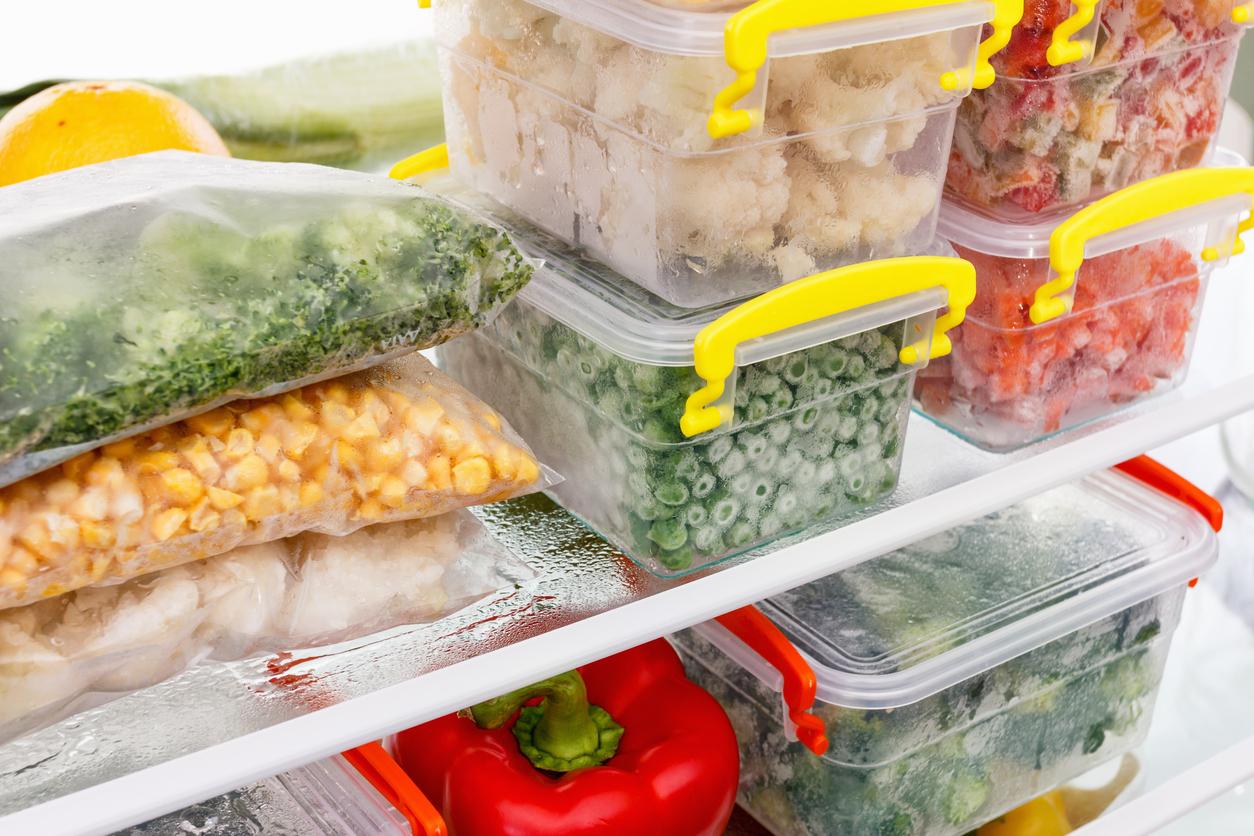
Nine tips for cold days
Do you remember the snow storm of 2005? On a Friday night, motorists stood still for hours. The traffic jams were not resolved until the next morning. Even if you walk or cycle outside in freezing cold, there is a risk that you will become hypothermic. Nine tips to prepare you for the journey.
1. Weather forecast
Keep an eye on the weather forecast. Listen to the weather forecast on radio or television, or check the website of the KNMI what temperature is expected. When it freezes and blows, you lose more heat, making it feel extra cold.
2. Stay indoors
Very young children, people with a physical disability and the elderly are at greater risk of hypothermia. If it is very cold outside, stay inside.
3. Offer help
See if the elderly or sick in your area need help, for example with shopping or walking the dog.
4. Layers of clothing
Cover your skin with plenty of layers of clothing when you go out. Wear a hat, scarf and gloves. Also make sure you have sturdy footwear with a good grip on any slippery surface.
5. Stay dry
Keep your clothes dry (better not sweat too much!)
6. Move
When you go outside, keep moving.
7. Find shelter
If you have to stand still for a while, for example because you are waiting for your bus or train, find shelter. It is less cold from the wind. Walk up and down to keep moving.
8. Bring your phone
Bring a phone with a charged battery so you can reach someone in case of an emergency.
9. Emergency kit in your car
Make sure your car is ‘winter ready’ on time. Always bring your jacket and a blanket or sleeping bag for emergencies. A few bottles of water and a stash of non-perishable food will also come in handy if you end up in an hour-long traffic jam. Keep an old, charged phone in the glove compartment that you turn off. Even without a SIM card you can use this to call the emergency services.

















